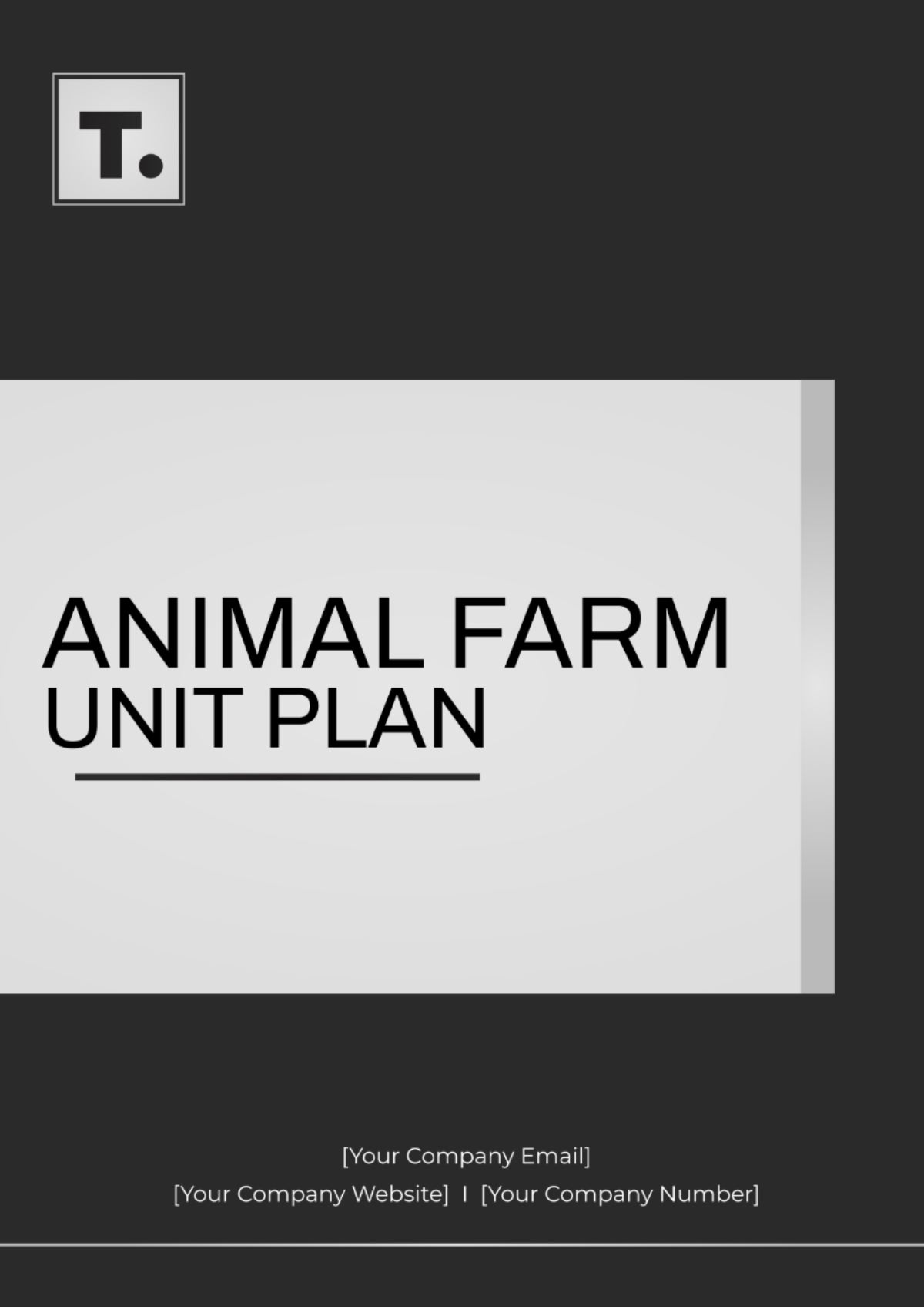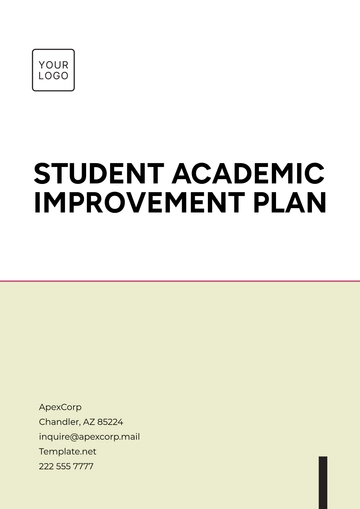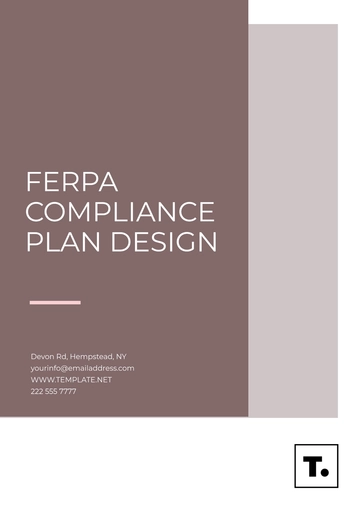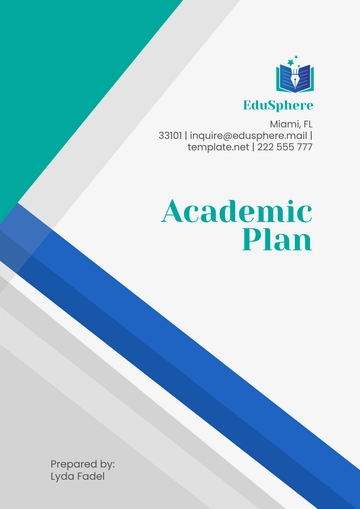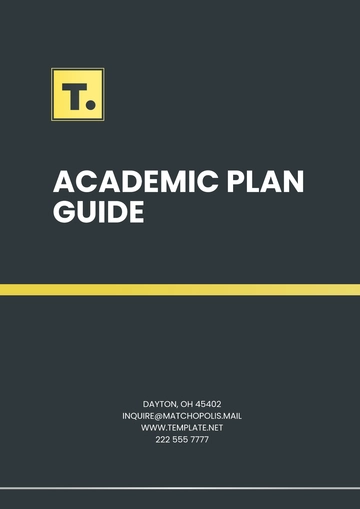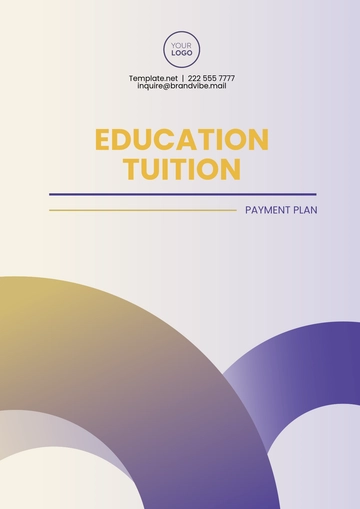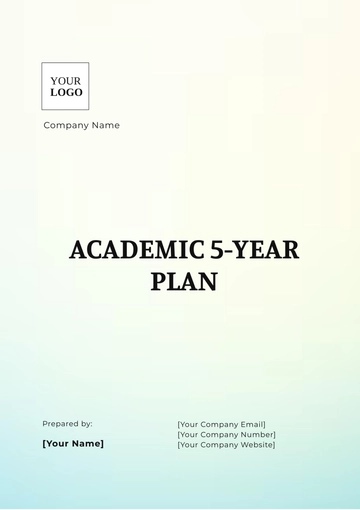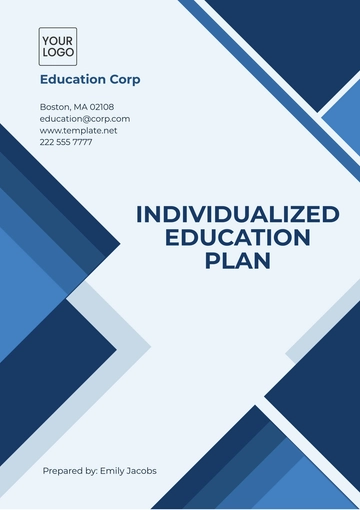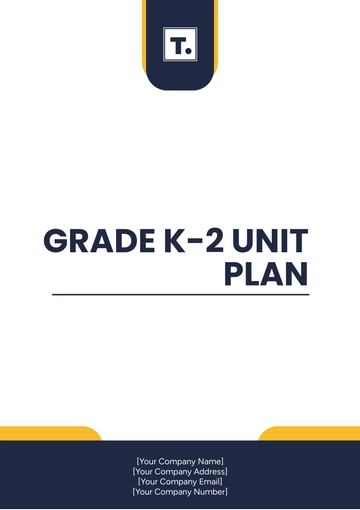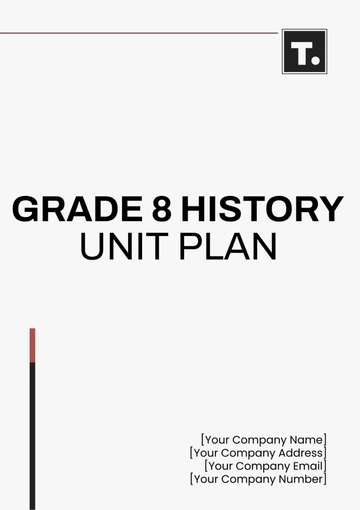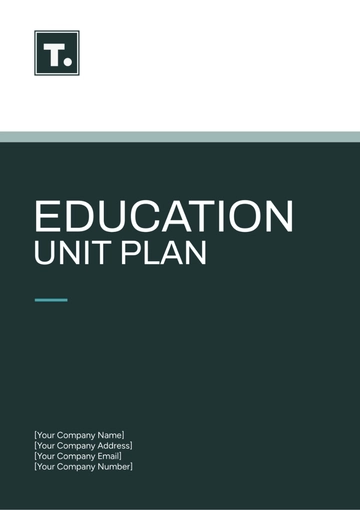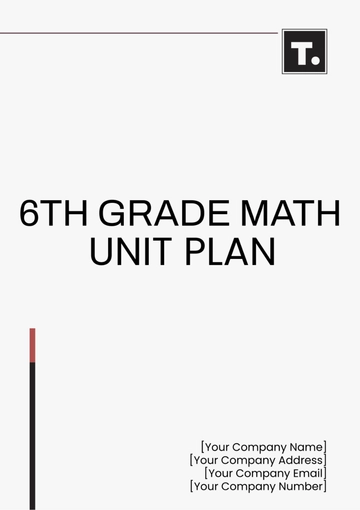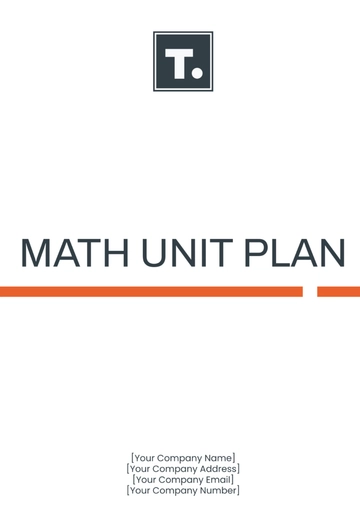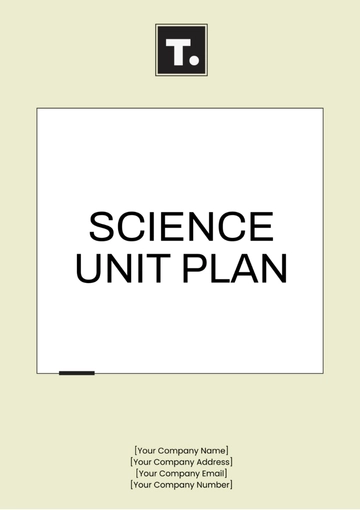ANIMAL FARM UNIT PLAN
Prepared by: [Your Name]
I. Introduction and Overview
"Animal Farm" by George Orwell is a political allegory that explores themes of power, corruption, and the nature of leadership. This unit plan aims to provide educators with a comprehensive guide to effectively teach this novella, engaging students in critical thinking and analysis.
II. Unit Objectives and Goals
By the end of this unit, students will be able to:
Understand and analyze the themes, symbols, and characters in "Animal Farm."
Identify and discuss the historical context and allegorical elements of the novella.
Develop critical thinking skills through discussion and written analysis.
Demonstrate comprehension through various assessments and projects.
III. Lesson Plans
Week 1: Introduction to "Animal Farm" and Historical Context
Day 1: Introduction to George Orwell and the historical context of "Animal Farm" (Russian Revolution, totalitarian regimes).
Day 2: Discuss Chapters 1-2, focusing on setting, characters, and initial plot.
Week 2: Themes and Symbols
Day 3: Explore major themes (power, corruption) and symbols (the farm, the windmill).
Day 4: Allegory and its significance in "Animal Farm."
Week 3: Literary Devices and Mid-Unit Assessment
Week 4: Character Analysis and Final Assessment Preparation
Week 5: Final Projects and Assessments
IV. Assessments and Evaluations
Quizzes: Regular quizzes to check comprehension of each reading segment.
Mid-Unit Test: Assessment covering the first half of the novella.
Final Exam: Comprehensive test on the entire book.
Projects: Analytical essays or creative presentations on themes, characters, or historical context.
Participation: Evaluation of class discussions and group activities.
V. Supplementary Materials
Historical Context Articles: Additional readings on the Russian Revolution and totalitarian regimes.
Multimedia Resources: Documentaries and films related to "Animal Farm" and Orwell’s other works.
Worksheets: Character charts, theme analysis sheets, and literary device activities.
Reading Guides: Chapter summaries and analysis questions.
VI. Differentiation Strategies
Advanced Learners: Provide opportunities for deeper analysis through additional readings and more complex project options.
Struggling Students: Offer modified assignments, such as simplified reading guides and additional support during group activities.
English Language Learners: Use visual aids, vocabulary lists, and bilingual resources to support comprehension.
VII. Standards Alignment
This unit aligns with Common Core State Standards (CCSS) for English Language Arts, including:
CCSS.ELA-LITERACY.RL.9-10.1: Cite strong and thorough textual evidence to support analysis.
CCSS.ELA-LITERACY.RL.9-10.2: Determine a theme or central idea of a text and analyze its development.
CCSS.ELA-LITERACY.RL.9-10.3: Analyze how complex characters develop over the course of a text.
CCSS.ELA-LITERACY.W.9-10.1: Write arguments to support claims in an analysis of substantive topics or texts.
Plan Templates @ Template.net
